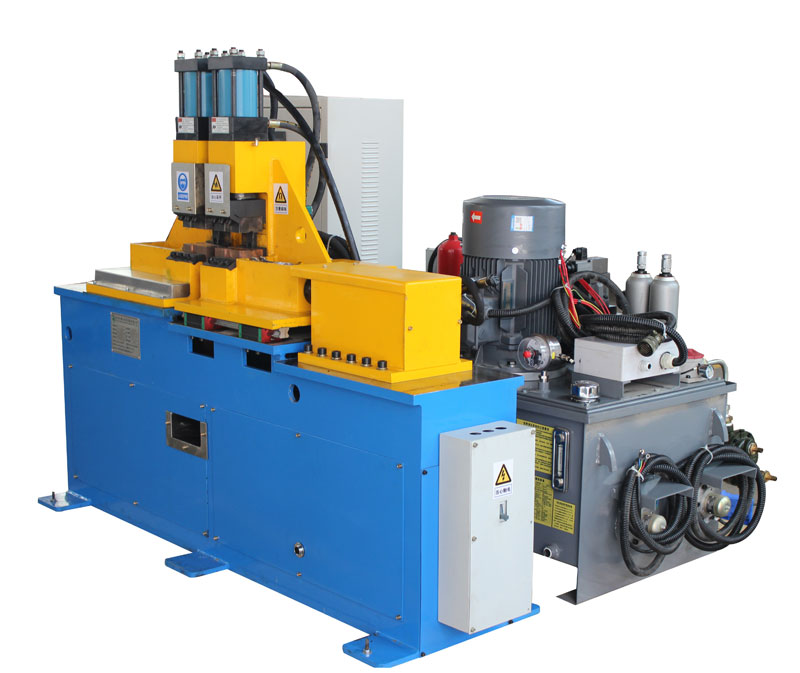Welding Parameters in Butt Welding Machine Welding Specifications
Welding parameters play a crucial role in butt welding machines, as they define the specific settings required to achieve optimal welding results. Understanding these parameters and their significance is essential for welders and professionals in the welding industry. This article explores the welding parameters in butt welding machine welding specifications, emphasizing their role in ensuring precise and high-quality welds.
- Definition of Welding Parameters: Welding parameters refer to the set of specific values that control the welding process in a butt welding machine. These parameters include welding current, voltage, wire feed speed, preheating temperature, and interpass temperature, among others.
- Welding Current and Voltage: Welding current and voltage are fundamental parameters that determine the heat input to the weld joint. Proper control of these values ensures the right amount of heat required for proper fusion and weld penetration.
- Wire Feed Speed: The wire feed speed dictates the rate at which the welding electrode is fed into the weld joint. Adjusting the wire feed speed is crucial for maintaining a stable arc and achieving uniform weld bead formation.
- Preheating Temperature: Preheating temperature is the temperature at which the base metal is heated before welding. It is a critical parameter for preventing cracking and reducing the risk of hydrogen-induced defects.
- Interpass Temperature: Interpass temperature refers to the temperature of the base metal between successive welding passes. Controlling the interpass temperature is essential for minimizing the risk of heat-related issues and ensuring proper fusion between passes.
- Shielding Gas Flow Rate: In processes that use shielding gases, such as MIG or TIG welding, the shielding gas flow rate is a crucial parameter. Proper gas flow ensures adequate protection of the weld pool from atmospheric contamination.
- Joint Design and Fit-Up: The joint design and fit-up are essential parameters for butt welding machines. A well-prepared joint with the correct fit-up ensures uniform welding and optimal fusion.
- Post-Weld Heat Treatment (PWHT): For specific materials and applications, post-weld heat treatment may be specified in welding parameters. PWHT helps relieve residual stresses and enhances weld properties.
In conclusion, welding parameters are vital elements in butt welding machine welding specifications, dictating the settings required for successful welding operations. Welding current, voltage, wire feed speed, preheating temperature, interpass temperature, shielding gas flow rate, joint design, fit-up, and post-weld heat treatment are key parameters that contribute to weld quality and integrity. By diligently adhering to welding specifications and carefully controlling these parameters, welders and professionals can achieve precise and high-quality welds in various applications and industries. Emphasizing the significance of welding parameters ensures the optimization of butt welding machine operations, leading to safe and reliable metal joining processes.
